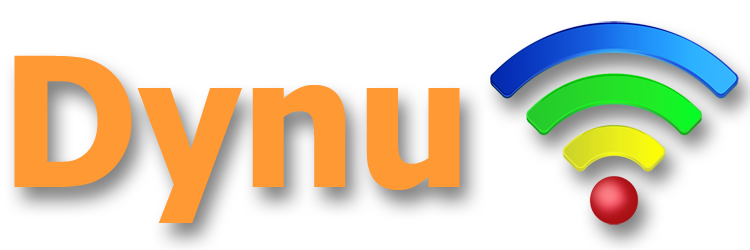Getting started
Are you trying to run FTP, web, email services or connect remotely to your computer, DVR, webcam with a dynamic IP address? You can simply follow these steps to set up Dynu free dynamic DNS service so that you can run your servers at home even without a static IP address.
Learn moreSetting up a website
The first thing is to figure out what you need to host a website. You may need some hardware to start with or you can simply host your site on a virtual machine. You also need to get a good web server program. The program runs the web server so it is very important. If possible, find a program that can run quietly in the background. After you have configured your web server, tested it locally, you may move to the next step.
Learn moreSetting up Remote Desktop
The first step is to enable Remote Desktop on your computer. Right-click 'My Computer' and then click 'Properties'. Click the 'Remote' tab and then choose 'Allow remote connections to this computer'. Then click the 'OK' button. The next is ....
Learn moreSetting up security camera
The first step is to install your DVR or camera. You may follow the DVR or camera manual to do it yourself or have a professional install it for you. After it is installed and connected to the router, you should be able to access it from any other machine in the same network by using its internal IP address (usually in the form of 192.168.1.**). Once it is accessible within the internal network, you may start the configuration for remote viewing. Next you need to ...
Learn moreSetting up DNS Records
This group of tutorials shows you how to add different types of DNS Records in the control panel.
Learn moreHow to add an 'A' record?
An 'A' record, which stands for “address” is the most basic type of syntax used in DNS records, indicating the actual IP address of the domain.
Learn moreHow to add an 'AAAA' record?
AAAA records are IPv6 address records which map a hostname to an IPv6 address.
Learn moreHow to add a CNAME record?
Canonical Name (CNAME) records allow you to associate new subdomains with an existing domain's DNS records. CNAME records are helpful when pointing multiple domain names to the same host.
Learn moreHow to add an HINFO record?
An HINFO-record specifies the host/server's type of CPU and operating system. This information can be used by application protocols such as FTP, which use special procedures when communicating with computers of a known CPU and operating system type.
Learn moreHow to add an MX record?
MX records or mail exchange records specify which mail servers are responsible for a particular domain. An MX record is a type of DNS record which is responsible for accepting incoming email and routing it to a specified mail server, based on the information in the record.
Learn moreHow to add an NS record?
NS records indicate which name servers are authoritative for the zone / domain. NS records help to ensure that all of the domains on your server are available at all times. Multiple NS records ensure that your customers are able to reach your site without any problems.
Learn moreHow to add an SPF record?
An SPF record is a type of DNS record that identifies which mail servers are permitted to send email on behalf of your domain. The goal is to reduce the amount of spam and fraud by making it much harder for malicious senders to disguise their identity.
Learn moreHow to add an SRV record?
An SRV record is an advanced type of record which allows you to specify services that you have on your domain, most commonly used with SIP configuration.
Learn moreHow to add a TXT record?
A TXT (text) record is used to hold some text information. You can put virtually any free text you want within a TXT record. The most common uses for TXT records are Sender Policy Framework (SPF), DomainKeys (DK), and DomainKeys Identified E-mail (DKIM).
Learn moreAliases
An alias is a subdomain name for your primary domain name. For example, example1.youdomain.com. You may create an alias with an 'A' or 'AAAA' record for your primary domain name in the control panel.
Learn moreOffline Settings
There are two options for offline settings, offline URL, and offline message. Offline settings can help avoid the situation where visitors to your website see an error when your website/server is offline.
Learn moreWeb Redirect
URL forwarding allows you to redirect visitors to your website to another URL of your choice, while port forwarding works for users whose ISP blocks port 80, which allows you to host your website on a port other than port 80 while maintaining the convenience of accessing your website with a regular URL without specifying the port number.
Learn moreGeneral Router Port Forwarding
Port forwarding opens certain ports on your network, usually blocked from access by your router to the general Internet. It is common in gaming, torrenting, and remote access. This general tutorial shows you how to configure port forwarding regardless of your router model.
Learn more